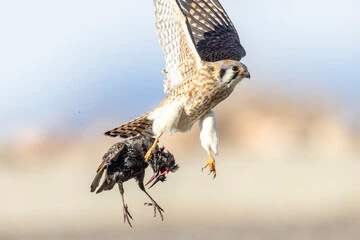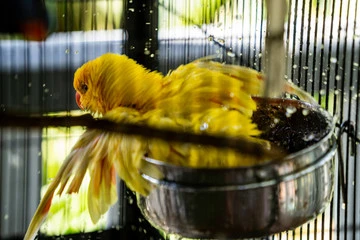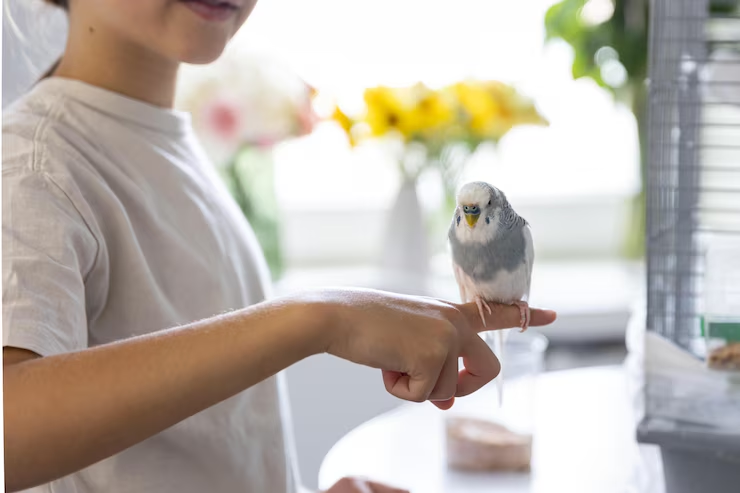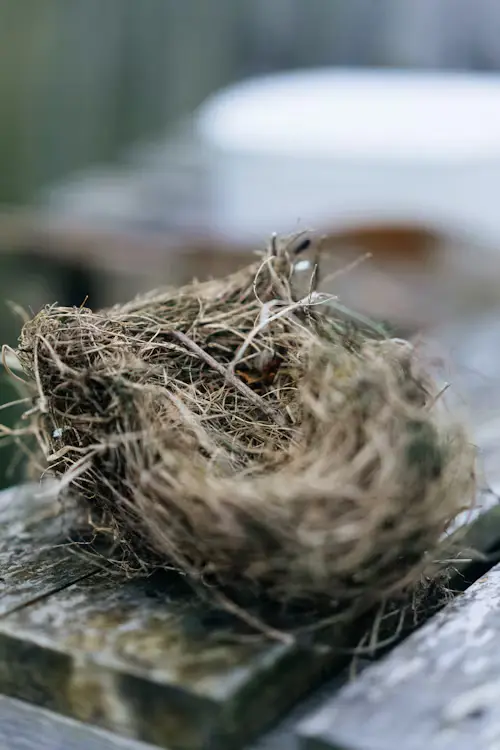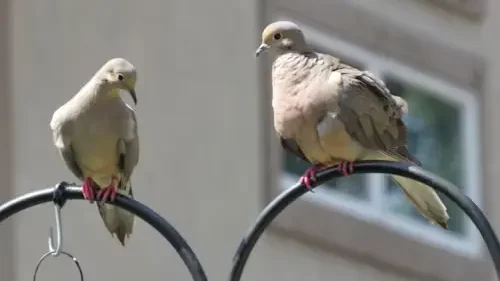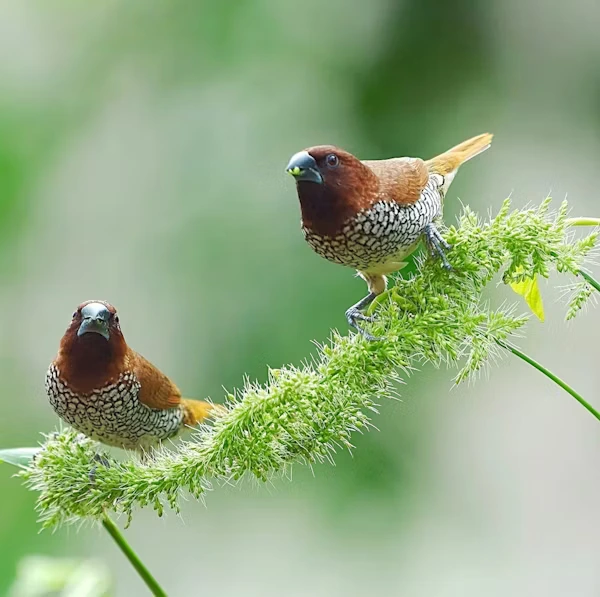Blue Bird Eggs: Proven Ways to Identify and Happy Care
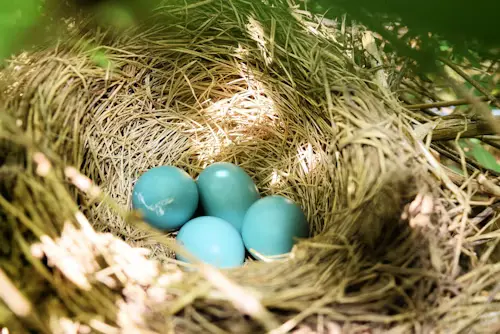
There’s something undeniably magical about spotting a nest with tiny blue eggs nestled inside. Whether you’re a birdwatcher, a backyard enthusiast, or someone who stumbled upon a mysterious speckled shell in your garden, blue bird eggs spark curiosity and wonder.
But what birds lay these stunning eggs? How do you identify them? And if you ever find one, what should you do? This guide covers everything you need to know about blue bird eggs, from species variations to incubation and care.
Table of Contents
Birds That Lay Blue Eggs: Common Species
Many birds produce blue eggs, but a few species are particularly famous for their vibrant hues. Here are some of the most common:
1. American Robin (Turdus migratorius)
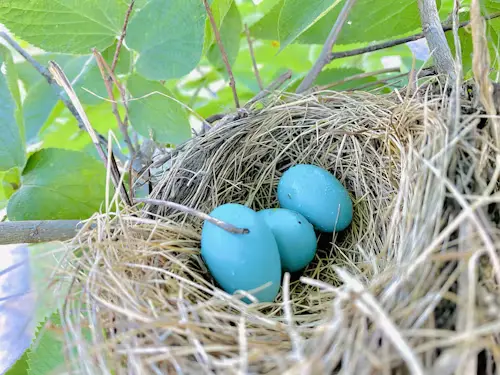
- Color: Sky blue, sometimes with a subtle green tint.
- Clutch Size: 3–5 eggs.
- Location: Across North America, often in shrubs or ledges.
2. Eastern Bluebird (Sialia sialis)

- Color: Pale blue, occasionally white.
- Clutch Size: 4–6 eggs.
- Location: Open woodlands, backyards with nest boxes.
3. Blue Jay (Cyanocitta cristata)
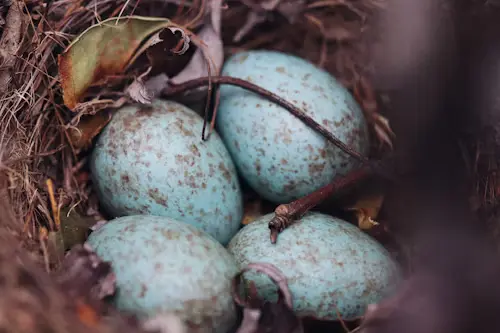
- Color: Light blue, brown, or green with specks.
- Clutch Size: 2–7 eggs.
- Location: Deciduous and coniferous forests.
4. European Starling (Sturnus vulgaris)

- Color: Pale blue or greenish-blue.
- Clutch Size: 4–6 eggs.
- Location: Urban areas, nest cavities.
| Species | Egg Color | Clutch Size | Nesting Habit |
|---|---|---|---|
| American Robin | Sky blue | 3–5 eggs | Shrubs, ledges |
| Eastern Bluebird | Pale blue | 4–6 eggs | Nest boxes, woodlands |
| Blue Jay | Blue with speckles | 2–7 eggs | Tree cavities |
| European Starling | Pale blue/greenish | 4–6 eggs | Urban areas, nest holes |
For more on other bird species, check out our guide on best pet birds for beginners.
How to Identify Blue Bird Eggs
If you’ve found a blue egg and wonder which bird it belongs to, these identification tips can help:
✅ Examine the Color & Markings
- Solid blue? Likely an American Robin or Eastern Bluebird.
- Speckled? Could be a Blue Jay or a House Finch (some variations appear blue).
✅ Size Matters
- Small (~1 inch): Finches, sparrows.
- Medium (~1.2 inches): Robins, bluebirds.
- Large (~1.5 inches): Jays, some thrushes.
✅ Check the Nest Location
- Ground nests: Nightjars, some plovers.
- Tree cavities: Bluebirds, woodpeckers.
- Open cup nests: Robins, thrushes.
If you’re uncertain, observe the parents—most birds return frequently to incubate. Avoid disturbing the nest unless necessary!
Blue Bird Egg Incubation: What to Expect
Incubation periods vary, but here’s a general breakdown for common species:
- Eastern Bluebird: 13–14 days.
- American Robin: 12–14 days.
- Blue Jay: 17–18 days.
Key Incubation Tips:
✔ Parents take turns keeping eggs warm.
✔ Avoid touching eggs—human scent may deter the birds.
✔ If an egg is abandoned for over 72 hours, it likely won’t hatch.
Blue Bird Egg Care: When to Intervene (And When Not To)
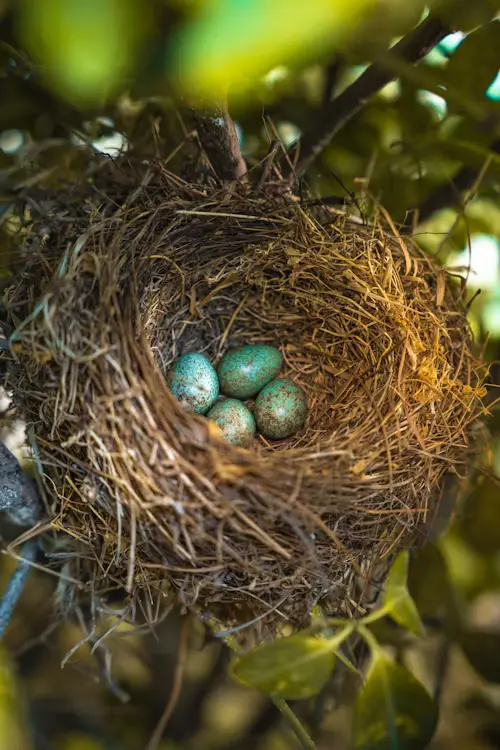
If You Find a Blue Egg on the Ground
- Don’t immediately move it! Some ground-nesting birds (like killdeer) intentionally lay eggs in open areas.
- Look for the nest—if intact, gently return the egg.
- If abandoned or damaged, contact a wildlife rehabilitator.
Protecting Nesting Birds
- Keep pets away from nesting areas.
- Avoid excessive noise or sudden movements.
- Monitor for predators (snakes, raccoons, invasive sparrows).
For more tips, read our finch bird eggs care guide.
FAQs About Blue Bird Eggs
1. Why are some bird eggs blue?
The blue coloration comes from biliverdin, a pigment that may help protect the embryo from sunlight and signal egg health to the mother.
2. Can bird eggs survive if moved?
Only if returned quickly and gently. Never relocate eggs unless absolutely necessary.
3. What if a blue egg doesn’t hatch?
If no signs of hatching appear after the expected period (+3 days), it’s likely infertile or failed. Avoid interfering unless eggs are rotting.
4. Do snakes eat blue bird eggs?
Yes, snakes and even invasive birds (like House Sparrows) sometimes destroy eggs. Using a predator guard can help.
Final Thoughts
Blue bird eggs are a small miracle of nature—each one holds the promise of new life. Whether you’re an avid birder or just fascinated by these colorful treasures, respecting and protecting nesting birds ensures future generations enjoy their beauty too.
Have you ever spotted blue eggs in your yard? Share your experience in the comments or join the conversation on our birding community page! 🐦💙

